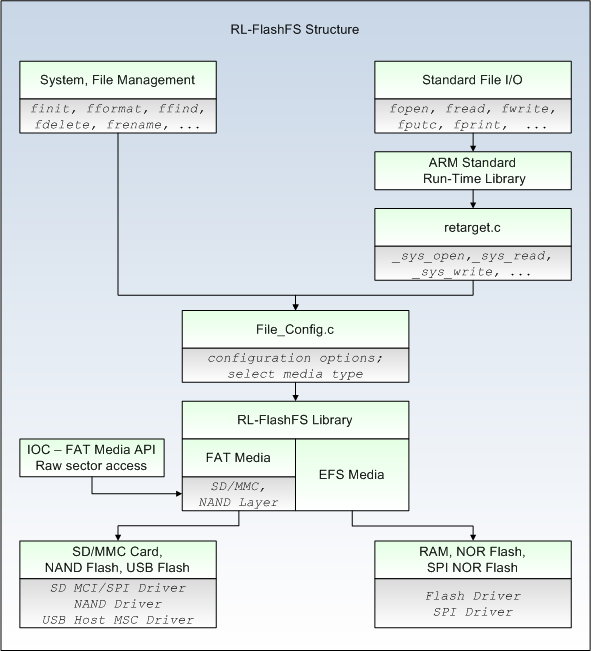Purpose of a File Management

File names, naming conventions
The file
manager handles all files on secondary storage media. To perform these tasks,
file management must:
- be able to identify the numerous
files by giving unique names to them
- maintain a list telling where
exactly each file is stored, how many sectors on the medium it occupies,
and in which order those sectors make up the file
- provide simple and fast algorithms
to read and write files in cooperation with the device manager
- give and deny access rights on
files to users and programs
- allocate and deallocate files to
processes in cooperation with the process manager
- provide users and programs with simple commands for file handling

File names, naming conventions
In order to
make users, programs and the file manager itself able to identify the
different files they must be given a unique file name.
|
No comments:
Post a Comment